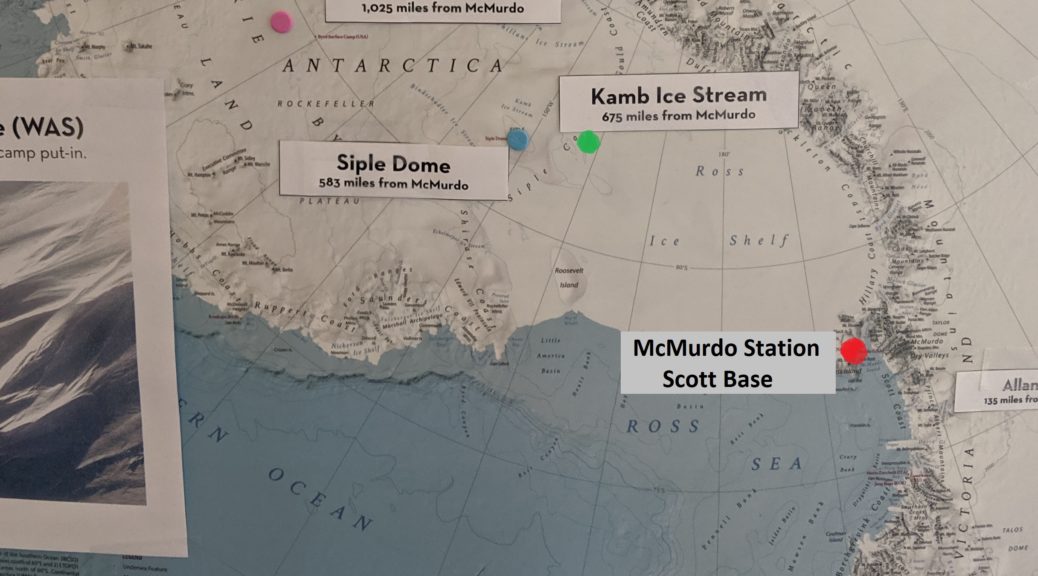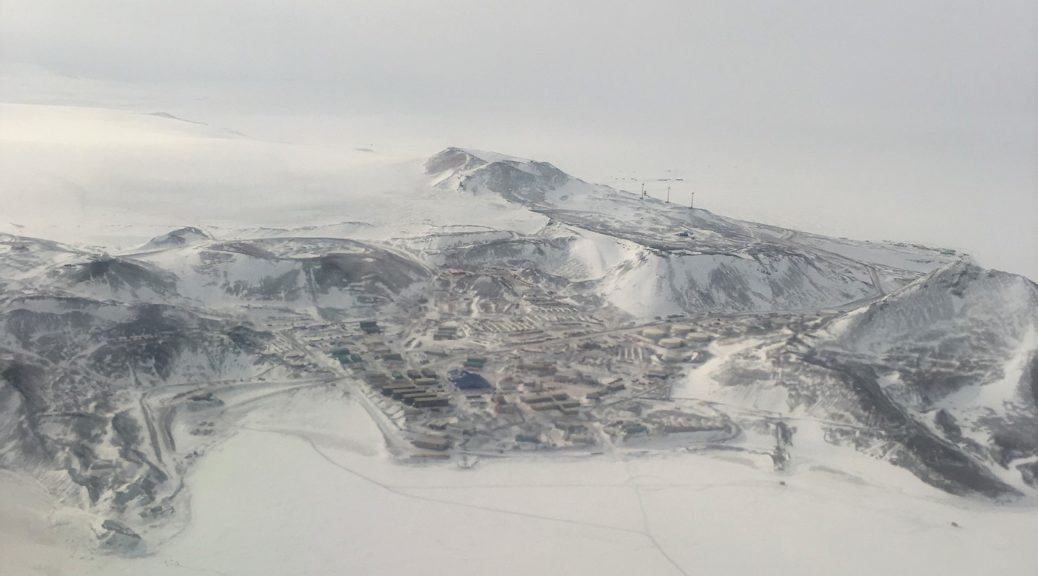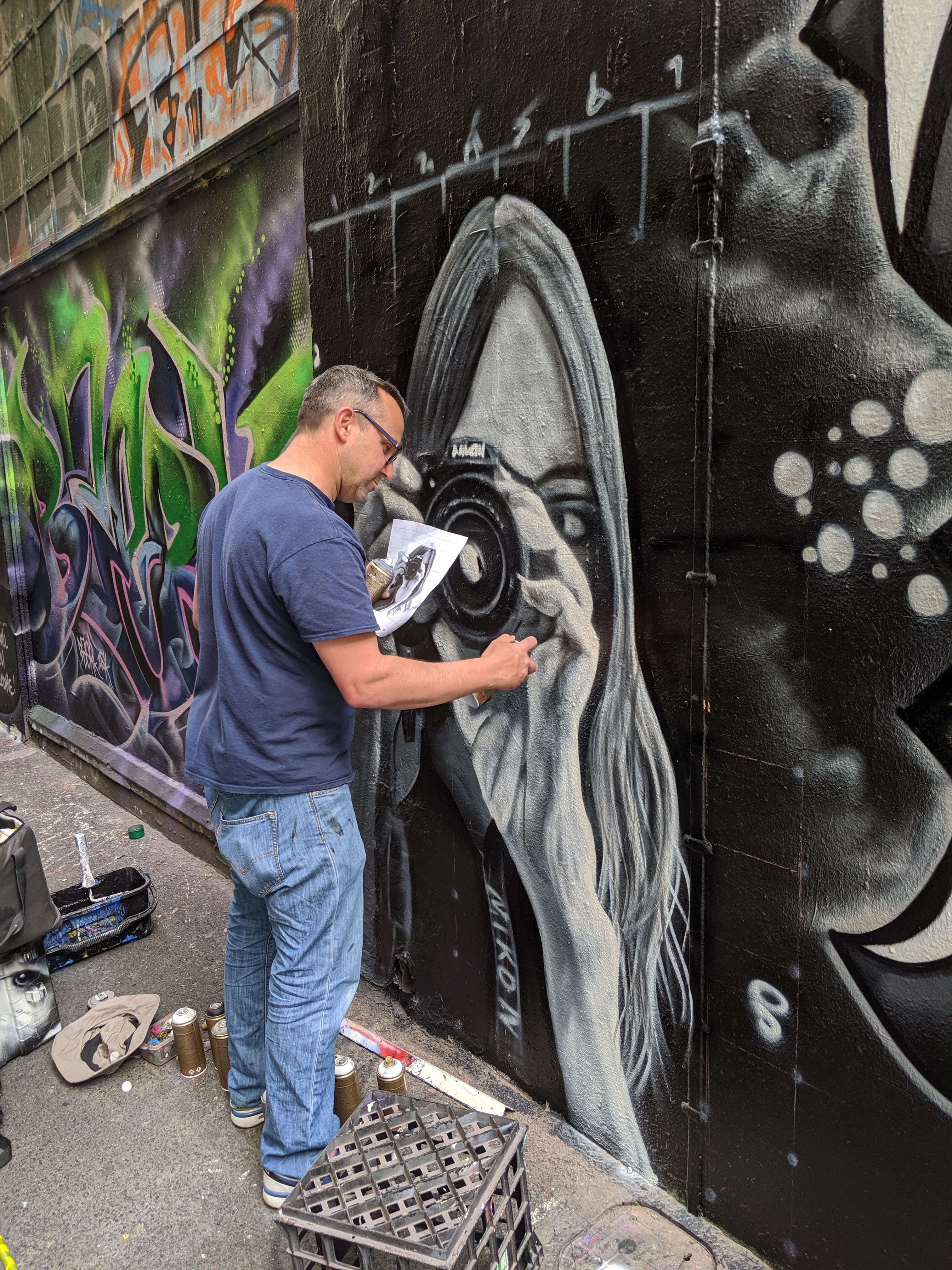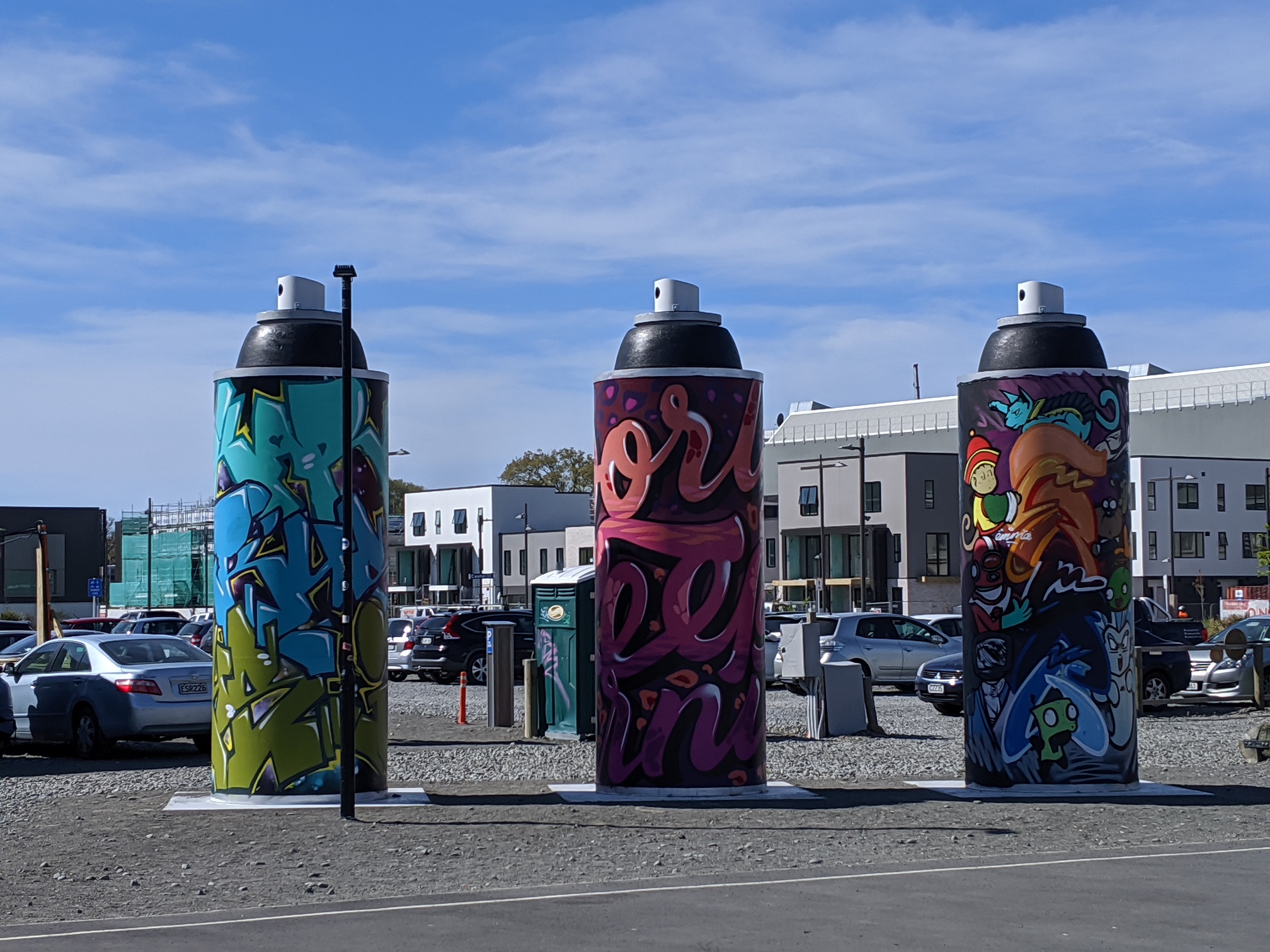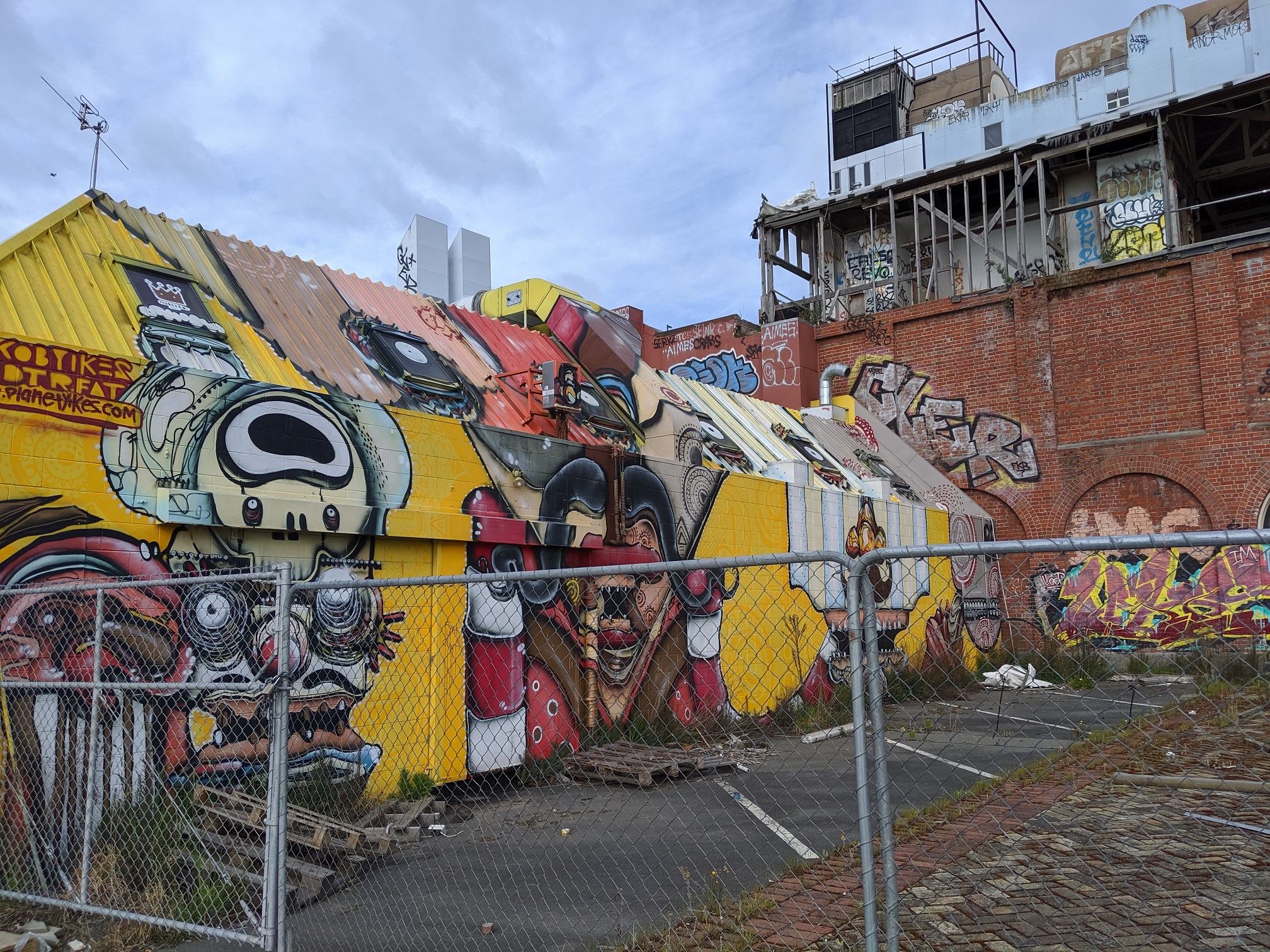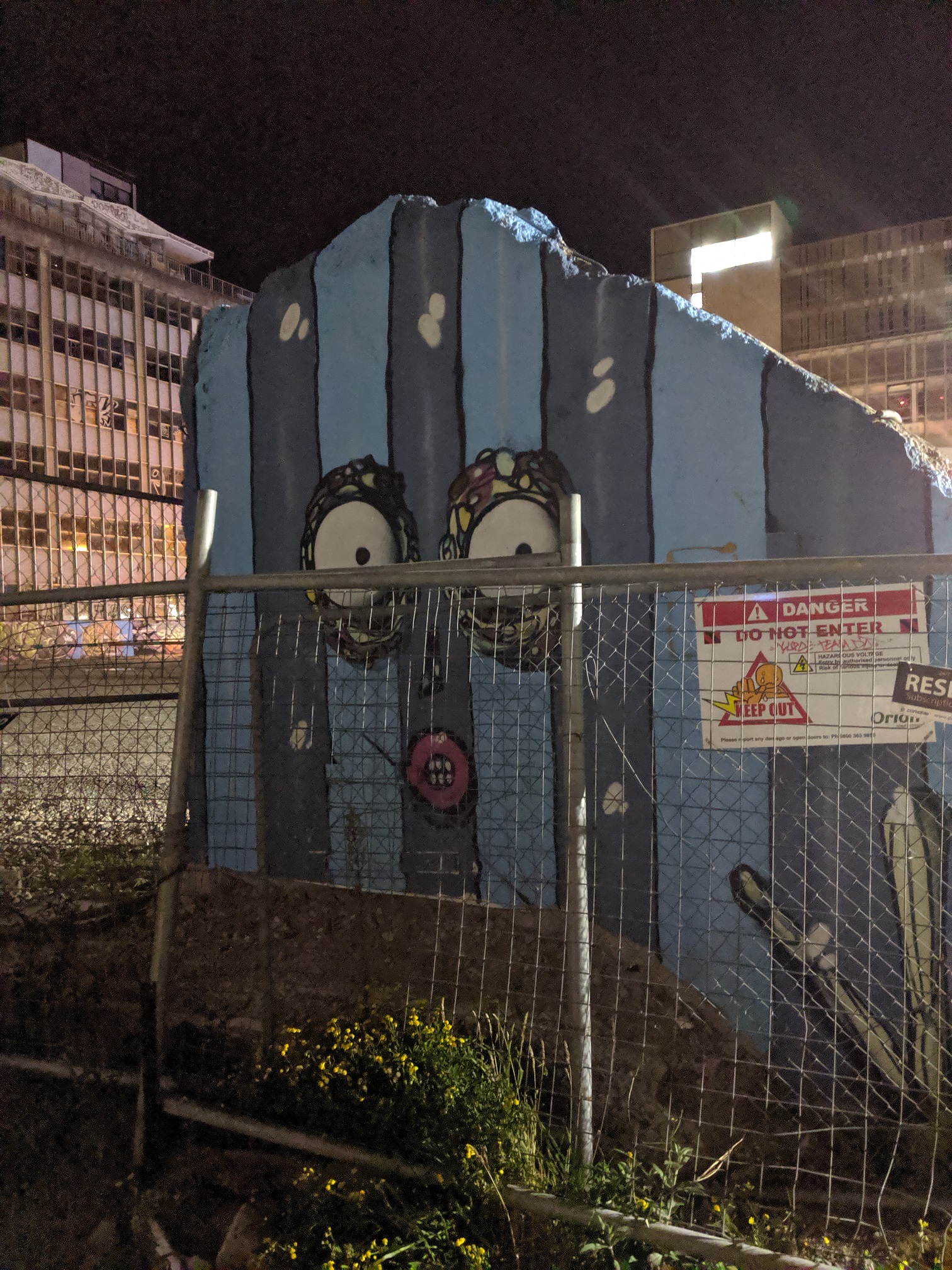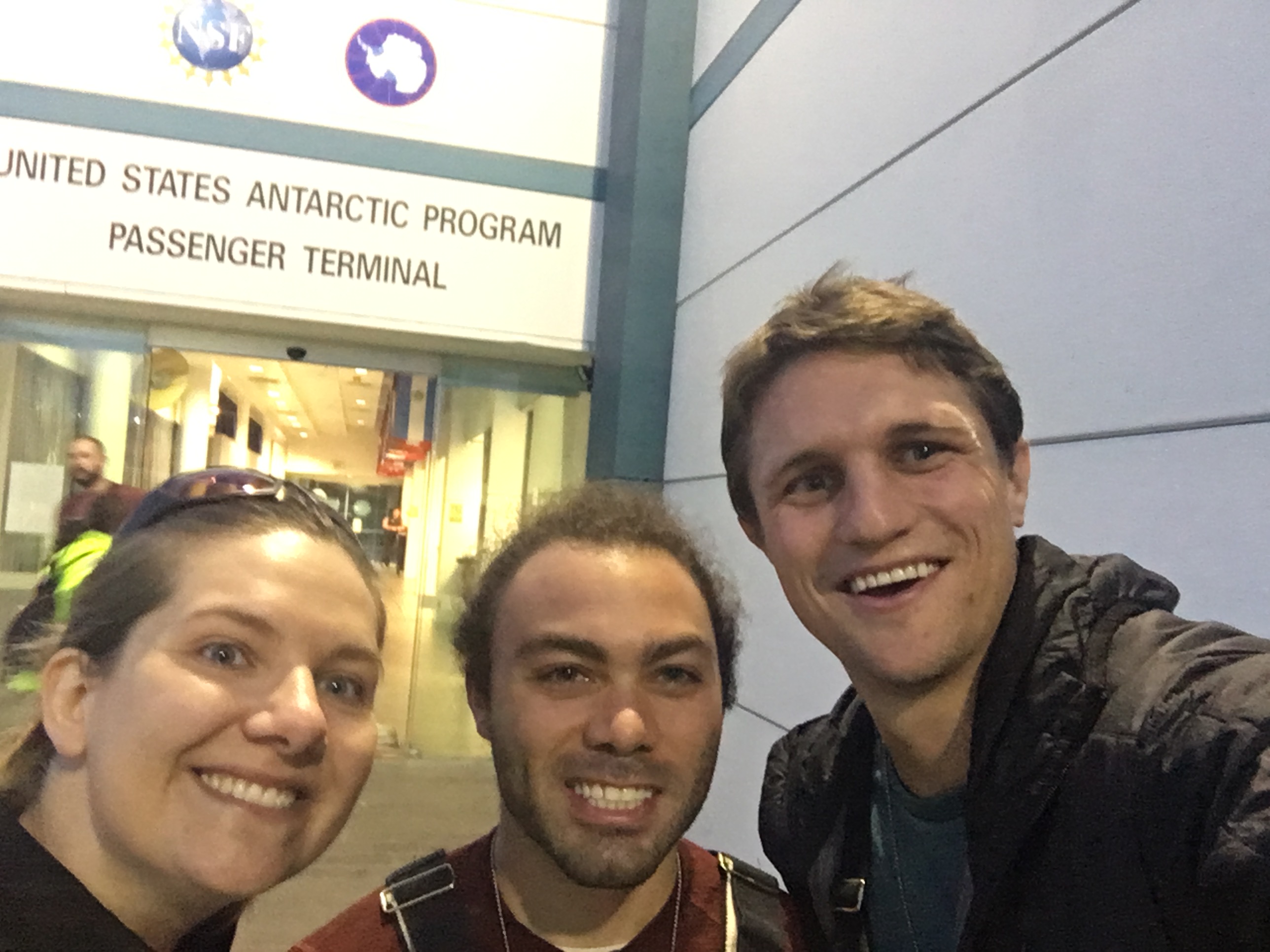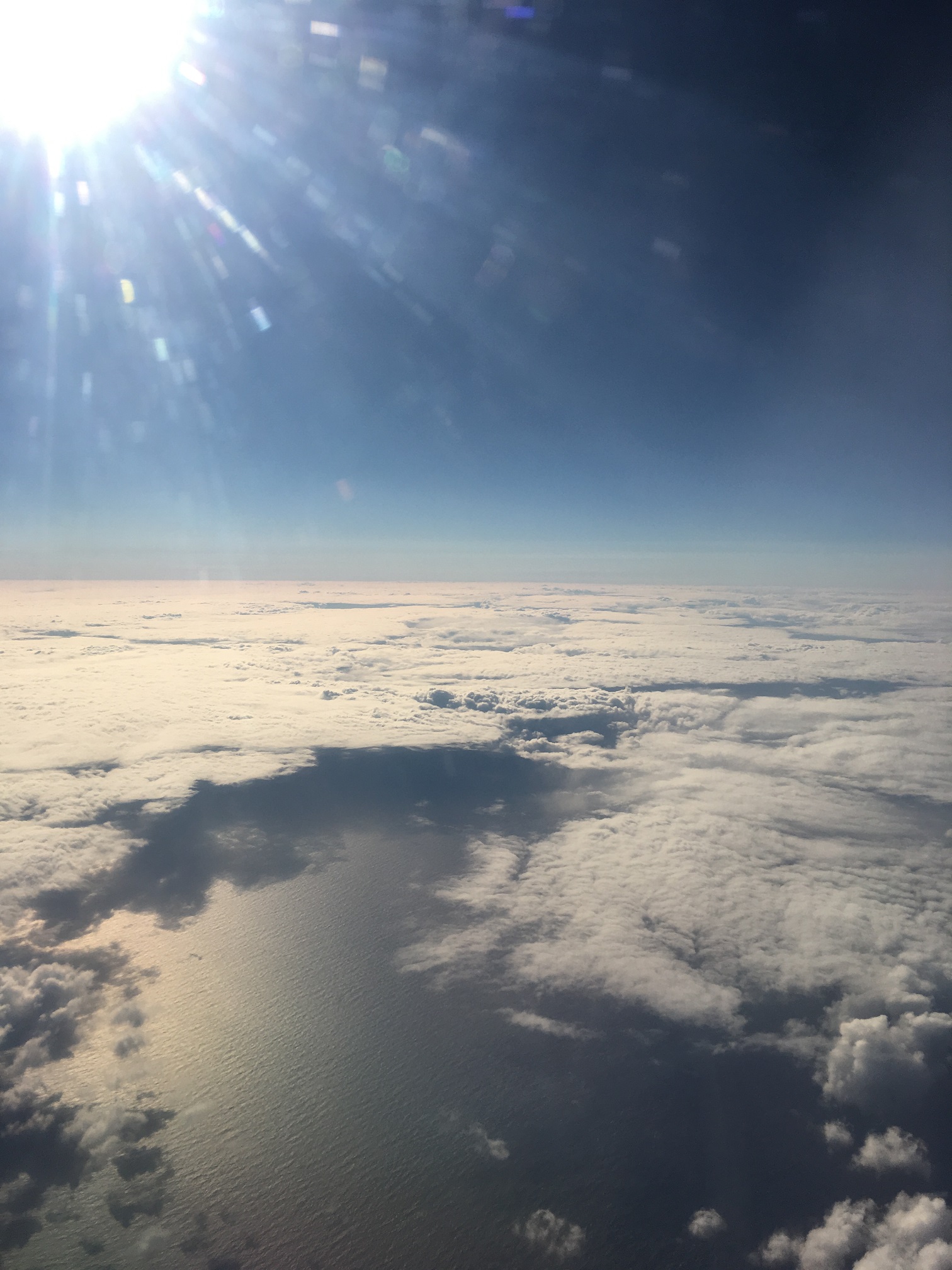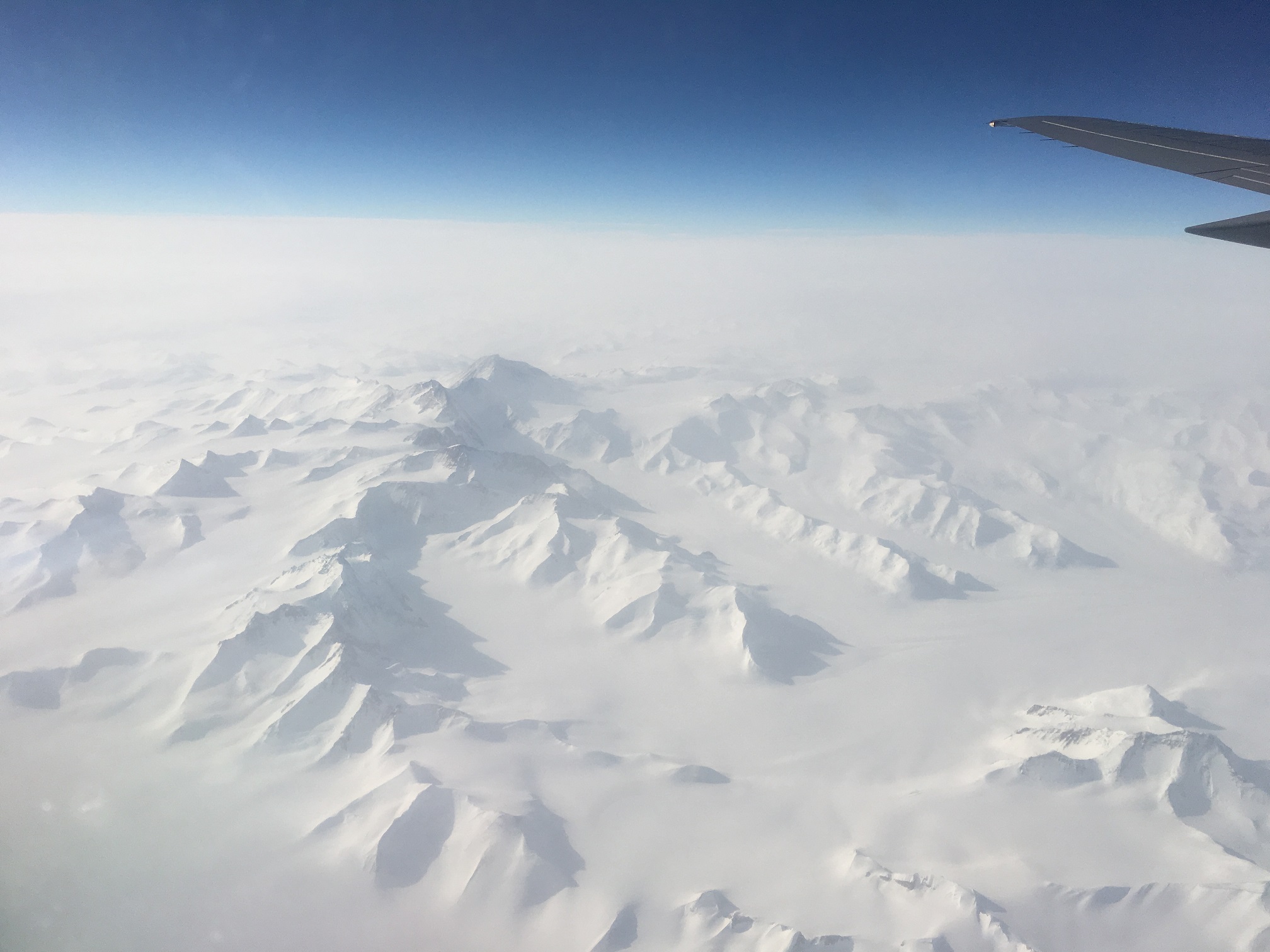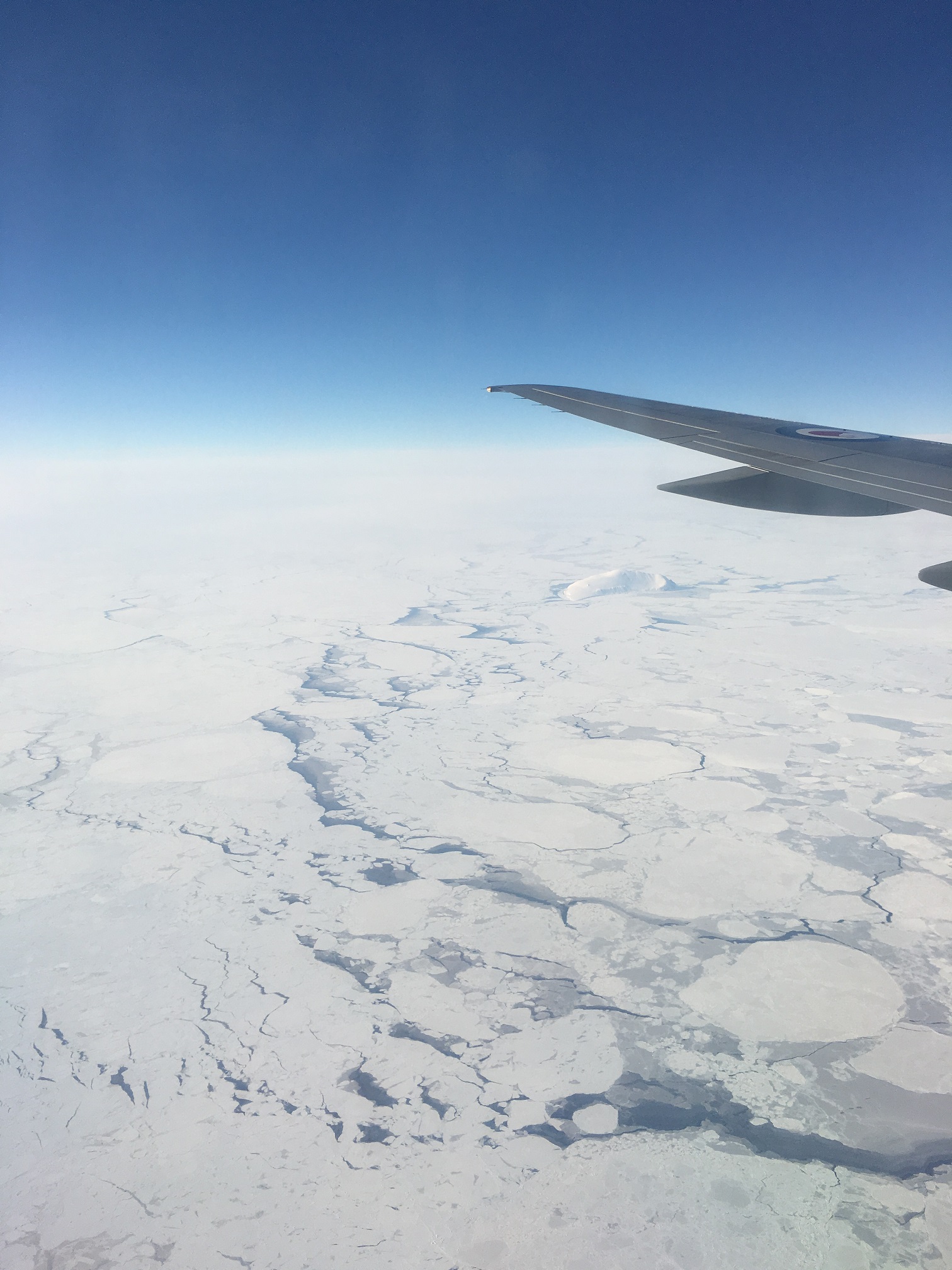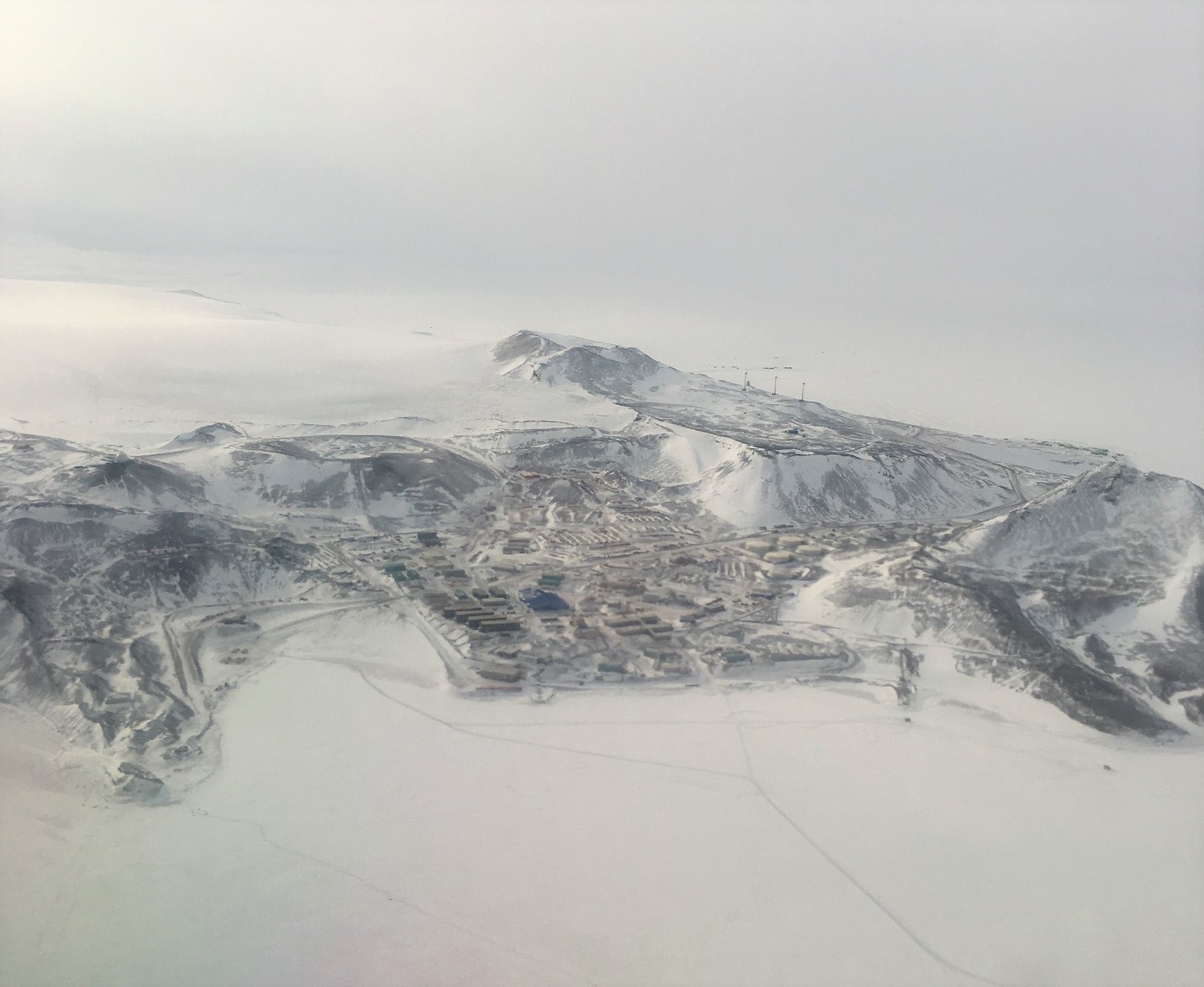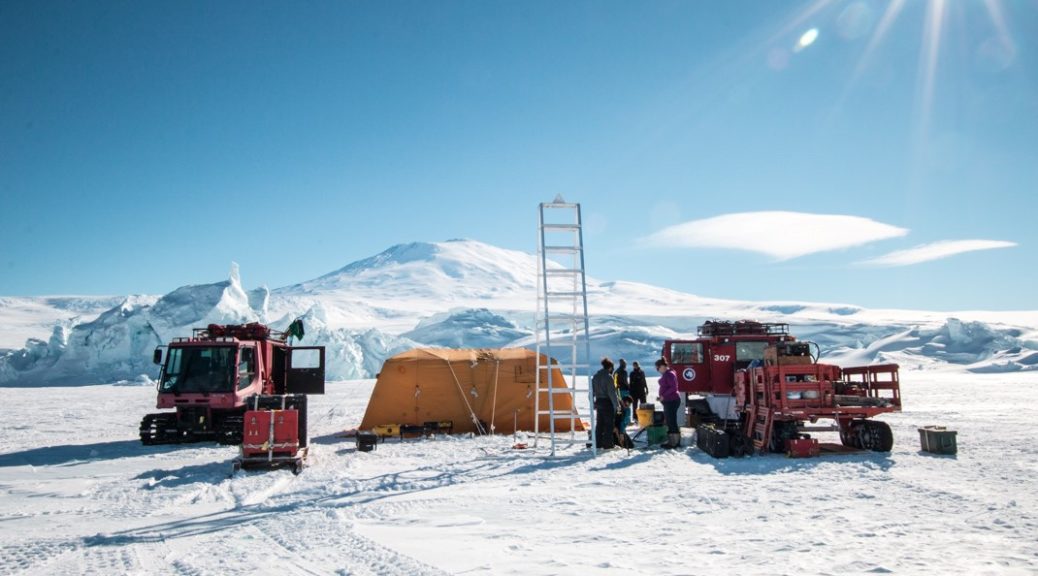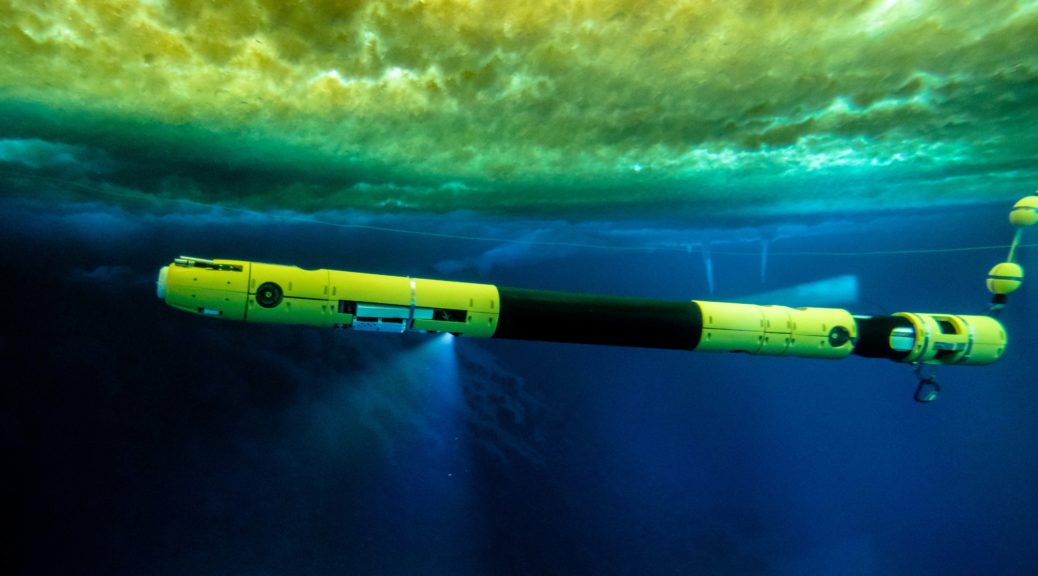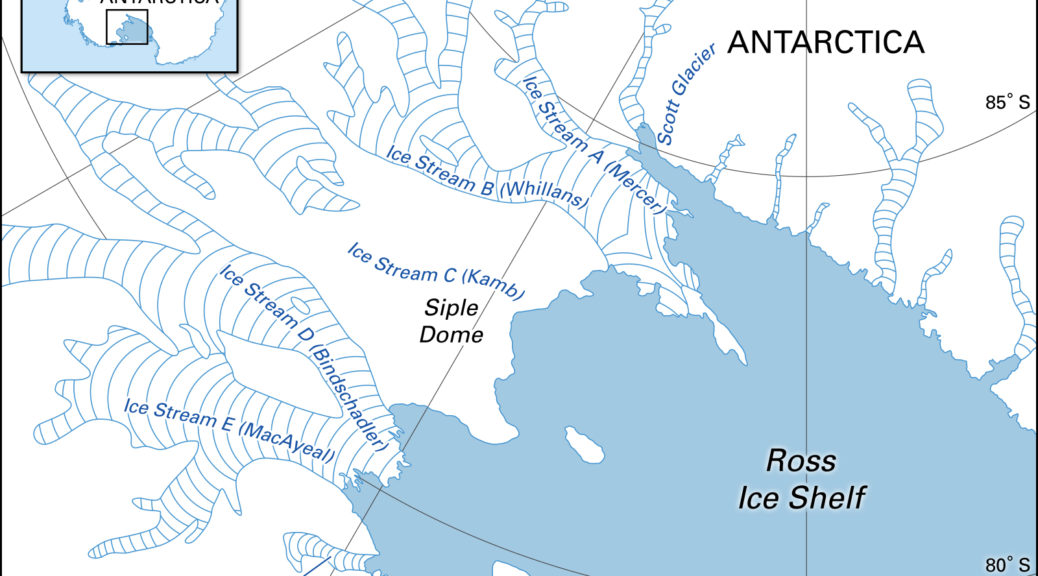(Note: This post was written before a week-long delay due to weather and before Matt, our lead engineer, managed to make it out, but most of it still holds.)
I’m anxious.
Not nervous. Anxious.
Our bags are packed. The vehicle and it’s associated spares, tools, and other miscellany have been boxed and are sitting in the airfield waiting to be loaded into a Basler tomorrow for our deep field deployment to the Kamb Ice Stream.
The anxiety comes from the waiting.
Three years of waiting for this to happen.
The deep field.
Maybe that should read “The Deep Field”.
It feels like something that’s so far away, both spatially and temporally. But within twelve hours, we’ll be heading there to do something that nobody has ever done before.
Three years of preparing.
More for Britney. I can’t imagine her anxiety levels. And she won’t even be there when the vehicle accomplishes its mission, its purpose, for the first time.
(Don’t worry, we’ll take pictures.)
660 meters of ice. That’s 2165 feet. Half a mile. With a 14″ wide hole down, down, down to the bottom. To the underside of the Ross Ice Shelf.
The Ross!
The largest ice shelf in the world. (By area only, as Peter keeps saying; by volume, the Filchner-Ronne is larger).
And we’re going to the bottom.
The anxiety is real.
Does that come across in this blog? Are you anxious with me?
I’ve never been to The Deep Field before. I hope I packed right. Mostly that’s base layers, socks, and a toothbrush.
A month in the middle of nowhere.
Never before will I have been so far from, well, anything.
KIS-1 (“Kamb ice stream 1”), also called HWD-1 (“Hot water drill 1”), is located at 82.77S, 156.57E. The nearest anything is Simple Dome camp, at 81.65417S, 149.005E. And that’s a field camp, not exactly a bustling place. But that would be the closest actual place, 105 miles approximately north.

That’s an 11 minute flight, for those counting at home, according to WolframAlpha. Or 760 microseconds, if you’re a photon.
Looking at it from that perspective, it’s possible I’ve been farther from people before.
But I don’t think that it’ll feel that way once we’re there.
Due to some unforeseen circumstances (the C-17 delays and the weather at other sites delaying flights), we’ve gotten lucky. We’ll be flying out a touch earlier than expected, and we’ll be flying with the drillers. So we’ll be among the first out there. This is extremely valuable; the Thwaites project has been massively behind due to the same flight delays, and thus all flights from McMurdo have been pointed towards their staging ground at WAIS Divide (79.4675 S, 112.0864 E). Thus we need to get a flight to KIS-1 before the Thwaites flights start taking people. Because then we become a much lower priority for USAP. Which is fair; Thwaites is a $25 million project, whereas KIS-1 is not even a US-sponsored field camp.
The Basler we’ll be flying is a modified DC-3. A DC-3! The plane was around prior to WWII! The Baslers, though, have excellent records in Antarctica. They have upgraded avionics and engines, modified fuselage and wings, and a host of other new features. Which is reassuring. I was a little perturbed when I was told it was a DC-3.
By the time you read this, we’re likely to already be in camp, setting up tents, building snow walls to ward off the wind, and checking out the vehicle. I’ve been told that The Deep Field focuses you. You’re forced to have singular purpose. Distractions are removed from sight and mind.
But man, am I anxious.
